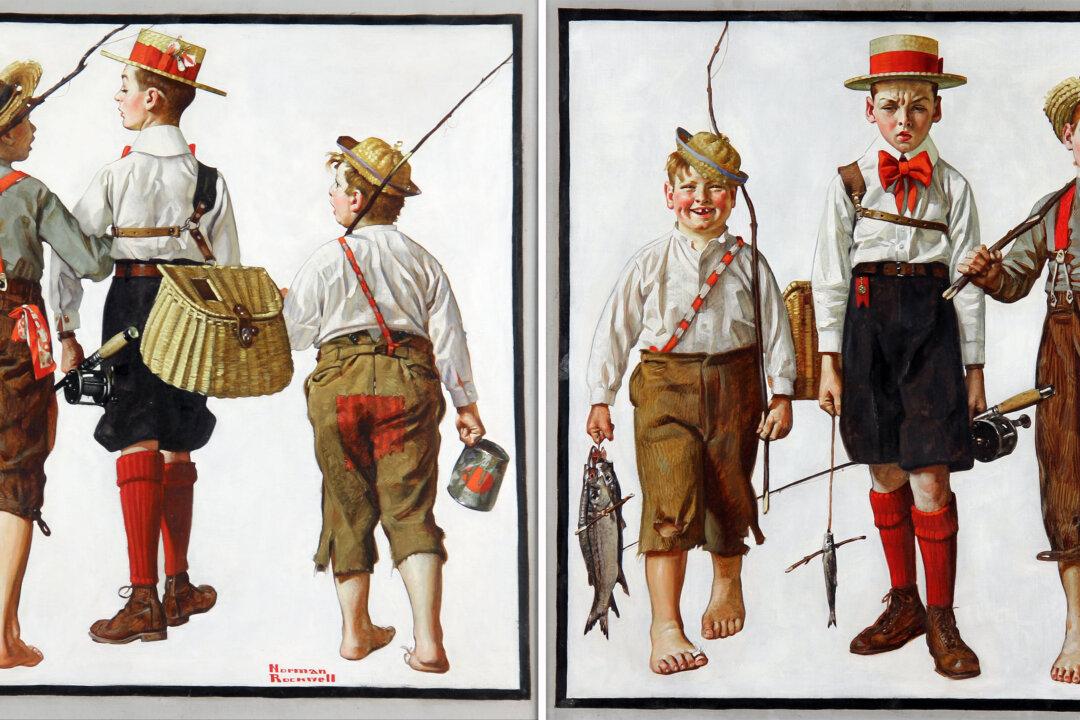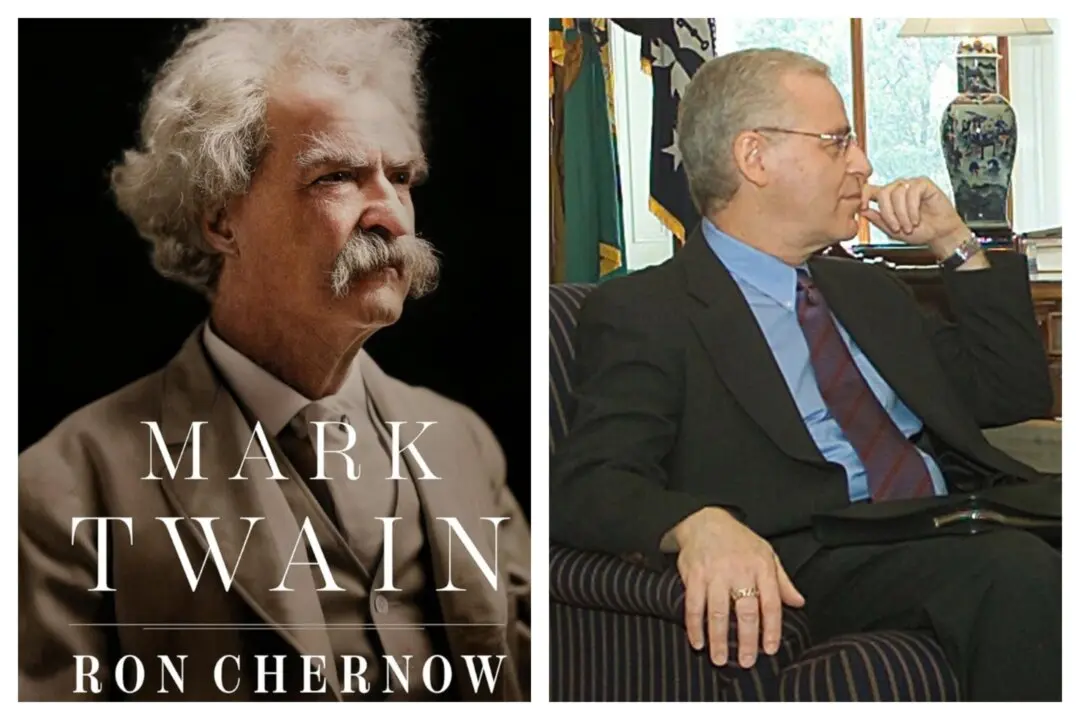By 1943, Norman Rockwell (1894–1978) had long been a household name. At almost 50 years old, he had become America’s illustrator, telling stories of American life through his fresh and often humorous paintings. His career officially began at 15, when he was commissioned to paint four Christmas cards. While still in his teenage years, he became the art director of the Boy Scouts of America’s magazine, Boys’ Life.
Rockwell was one of the most prominent American artists of the 20th century. At 22 years old, he painted the first of his 322 covers for The Saturday Evening Post, which was a humorous painting of three boys―two heading out to play baseball and one stuck babysitting. Rockwell’s paintings were often humorous, always uplifting. He once said, “I paint life as I would like it to be.”






